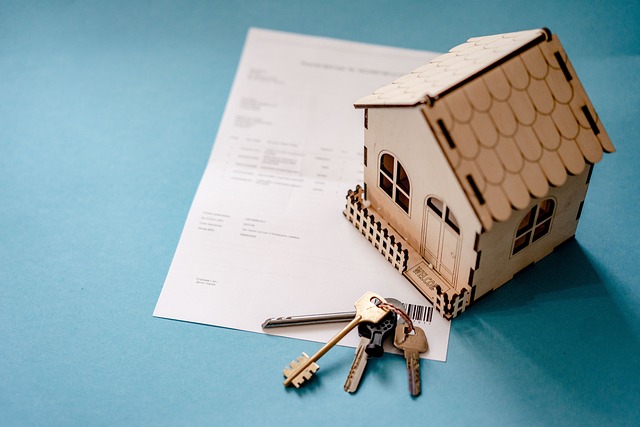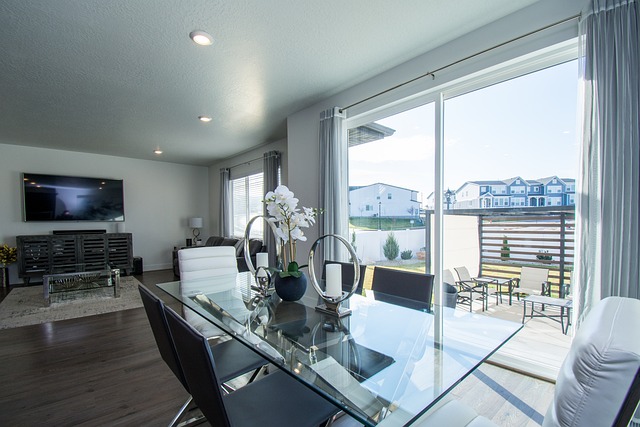Investing in a second property in Singapore can be a sound financial decision with the right strategic approach, given the market's historical stability and growth. Prospective investors must analyze local real estate trends and consider regulatory changes such as the Additional Buyer's Stamp Duty (ABSD) and Loan-to-Value (LTV) ratio restrictions that affect purchasing costs. The choice between condominiums, landed properties, and other property types should align with one's investment goals, while prime district locations typically offer higher long-term appreciation rates. It's crucial to examine historical rental yields and capital appreciation in different districts to identify areas with strong income generation and value growth potential. By leveraging data on past performance and future development plans, investors can make informed decisions that optimize their second property investment for financial returns within Singapore's robust real estate market. This includes understanding the various financing options and tax responsibilities associated with owning multiple properties, as well as employing strategic property management to enhance portfolio performance. Keywords: Buying Second Property In Singapore, Capital Appreciation, Rental Yield, Real Estate Portfolio, Market Trends, Regulatory Changes, Economic Indicators, Property Type Selection, Prime Location Advantage, Financing Options, Tax Implications, Strategic Property Management.
Investing in real estate within Singapore’s dynamic market presents a unique opportunity for savvy investors looking to expand their portfolios. This article delves into the nuances of purchasing a second property, offering strategic insights that can lead to maximized returns. We explore the pivotal aspects of market trends, financial planning, legal considerations, and property selection, ensuring a comprehensive approach to this investment decision. By leveraging equity from your initial property, understanding the role of management companies, and navigigating tax implications, investors can enhance their portfolio with a second property that not only contributes to diversification but also promises sustainable growth. Whether through capital appreciation or optimizing rental yields, this guide is tailored for those aiming to buy a second property in Singapore and looking to capitalize on its thriving market.
Strategic Considerations for Acquiring Your Second Property in Singapore

When considering the acquisition of a second property in Singapore, strategic planning is paramount to maximize returns and navigate the complex real estate landscape. The Singapore property market is known for its resilience and consistent growth, making it an attractive investment opportunity. Prospective investors should evaluate the property’s location, as prime districts tend to appreciate more over time. Additionally, understanding the diverse range of property types available—from condominiums to landed properties—can help in selecting a property that aligns with both investment goals and market trends.
Investors must also consider the legal framework governing property ownership in Singapore. The Additional Buyer’s Stamp Duty (ABSD) and Loan-to-Value (LTV) restrictions are key factors that impact the cost of acquiring a second property. These regulations are subject to change, so staying informed on the latest policies is crucial. Furthermore, the rental yield potential and capital appreciation history of different areas within Singapore should be scrutinized. By analyzing past performance data alongside future development plans, investors can identify promising locations that offer both rental income opportunities and potential for property value increases. With a well-thought-out strategy and comprehensive market analysis, buying a second property in Singapore can be a sound investment decision with the potential for substantial returns.

Investing in a second property in Singapore presents a unique set of opportunities for both capital appreciation and rental income generation. The Singapore property market is known for its stability and growth potential, making it an attractive option for investors looking to expand their real estate portfolio. When considering the purchase of a second property, it’s crucial to analyze the current market trends, regulatory changes, and economic indicators that could affect your investment’s performance.
To maximize returns on a second property in Singapore, one must consider the property type that aligns with their investment goals. Residential properties, for instance, may attract tenants seeking long-term housing solutions, while commercial or mixed-use developments can cater to a diverse clientele. Additionally, location plays a pivotal role; properties near business districts, reputable schools, or amenities are often in high demand. Investors should also explore financing options and the potential tax implications associated with owning multiple properties. By leveraging local knowledge, understanding the market dynamics, and employing strategic property management, investors can position themselves to reap substantial rewards from their second property investment in Singapore’s vibrant real estate landscape.
When considering the purchase of a second property in Singapore, strategic planning and market awareness are paramount. Investors should weigh the potential benefits against economic trends and property value projections within the region. By aligning investments with long-term goals and taking advantage of Singapore’s robust real estate market, investors can position themselves favorably to maximize returns on their second property. With careful consideration and strategic decision-making, such investments can offer lucrative opportunities for those looking to expand their real estate portfolio in this dynamic Asian hub.
